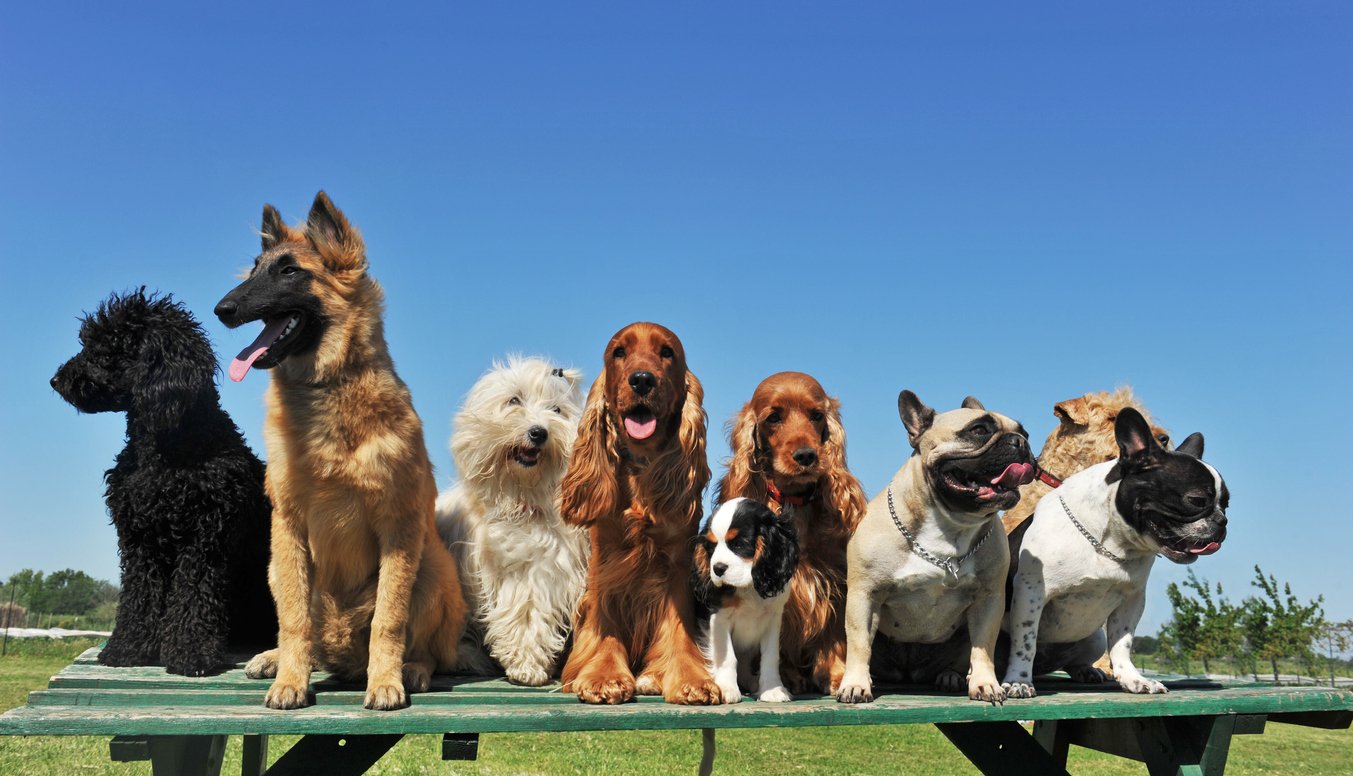Separation anxiety is a common issue among dogs, characterized by distress and behavioral problems when they are left alone. This condition can be challenging for both pets and their owners, but with the right approach, it is manageable. Understanding the causes of separation anxiety and implementing effective strategies can help alleviate your dog’s stress and improve their well-being. This blog post explores the signs of separation anxiety in dogs and offers practical tips for addressing and managing this condition.
Understanding Separation Anxiety

What is Separation Anxiety?
- Definition: Separation anxiety occurs when dogs experience extreme distress and anxiety when separated from their owners. This can lead to destructive behaviors, excessive barking, and other signs of stress.
- Causes: Separation anxiety can be triggered by various factors, including changes in routine, past traumatic experiences, or a lack of socialization. Some dogs are naturally more prone to anxiety due to their temperament or breed characteristics.
Signs of Separation Anxiety:
- Destructive Behavior: Chewing, digging, or scratching furniture, doors, and windows.
- Excessive Barking or Howling: Continuous barking or howling when left alone.
- House Soiling: Urinating or defecating indoors despite being house-trained.
- Escape Attempts: Trying to escape from the house or crate, often resulting in injury.
- Pacing and Restlessness: Continuous pacing or moving around the house in a distressed manner.
- Depression or Lethargy: Signs of depression, lack of energy, or loss of interest in normal activities.
Strategies for Addressing Separation Anxiety

1. Gradual Desensitization:
- Short Departures: Start by leaving your dog alone for short periods and gradually increase the duration. Begin with just a few minutes and slowly work up to longer periods.
- Calm Departures and Arrivals: Avoid making a big fuss when leaving or returning home. Keep your departures and arrivals low-key to reduce your dog’s anxiety.
2. Create a Safe and Comfortable Space:
- Designated Area: Provide a comfortable, secure space for your dog to stay while you are away. This could be a specific room or a crate if your dog is crate-trained.
- Comfort Items: Include familiar items like your dog’s bed, toys, and a piece of clothing with your scent to provide comfort and reassurance.
3. Establish a Routine:
- Consistent Schedule: Maintain a consistent daily routine for feeding, walks, and playtime. A predictable schedule can help reduce your dog’s anxiety by providing structure and security.
- Pre-Departure Rituals: Establish a calm pre-departure routine that signals to your dog that you are leaving but will return. This could include giving them a special treat or toy that they only receive when you are away.
4. Exercise and Mental Stimulation:
- Physical Activity: Ensure your dog gets plenty of exercise before you leave. A tired dog is less likely to feel anxious and more likely to rest while you are away.
- Interactive Toys: Provide puzzle toys, treat-dispensing toys, or chew toys to keep your dog mentally stimulated and occupied during your absence.
5. Positive Reinforcement:
- Rewards for Calm Behavior: Reward your dog for calm behavior when you leave and return home. Use treats, praise, or their favorite toy to reinforce positive behavior.
- Training Commands: Teach your dog commands like “stay” and “wait” to help them feel more secure and in control.
Professional Help and Additional Support

1. Training Classes and Behavioral Therapy:
- Obedience Classes: Enroll your dog in obedience classes to improve their overall behavior and socialization skills.
- Behavioral Therapy: Consult a professional dog trainer or animal behaviorist for specialized training and behavior modification techniques.
2. Veterinary Support:
- Medical Evaluation: If your dog’s anxiety is severe, consult your veterinarian to rule out any underlying medical conditions and discuss potential treatment options.
- Medications: In some cases, your veterinarian may prescribe anti-anxiety medications or recommend natural supplements to help manage your dog’s anxiety.
3. Dog Daycare and Pet Sitters:
- Daycare Services: Consider enrolling your dog in a reputable dog daycare program where they can interact with other dogs and receive attention while you are away.
- Pet Sitters: Hire a pet sitter to stay with your dog during the day or check on them periodically, providing companionship and reducing their anxiety.
Preventing Separation Anxiety in Puppies

1. Early Socialization:
- Expose to Different Environments: Socialize your puppy to various environments, people, and other animals to build their confidence and reduce anxiety.
- Gradual Alone Time: Gradually introduce your puppy to being alone for short periods, gradually increasing the duration as they become more comfortable.
2. Positive Associations:
- Reward Calm Behavior: Reward your puppy for calm behavior when left alone with treats, praise, or a favorite toy.
- Training and Consistency: Use positive reinforcement training techniques to build a strong bond and trust with your puppy.
Separation anxiety in dogs can be challenging, but with patience, consistency, and the right strategies, it is manageable. By understanding the signs of separation anxiety and implementing gradual desensitization, creating a comfortable environment, maintaining a routine, and providing exercise and mental stimulation, you can help your dog feel more secure and reduce their anxiety. Additionally, seeking professional help and using daycare or pet-sitting services can provide extra support. With time and effort, you can improve your dog’s well-being and create a more harmonious living situation for both of you.
Start a free trial with Revelation Pets to see how much easier managing your pet-care business can be.






